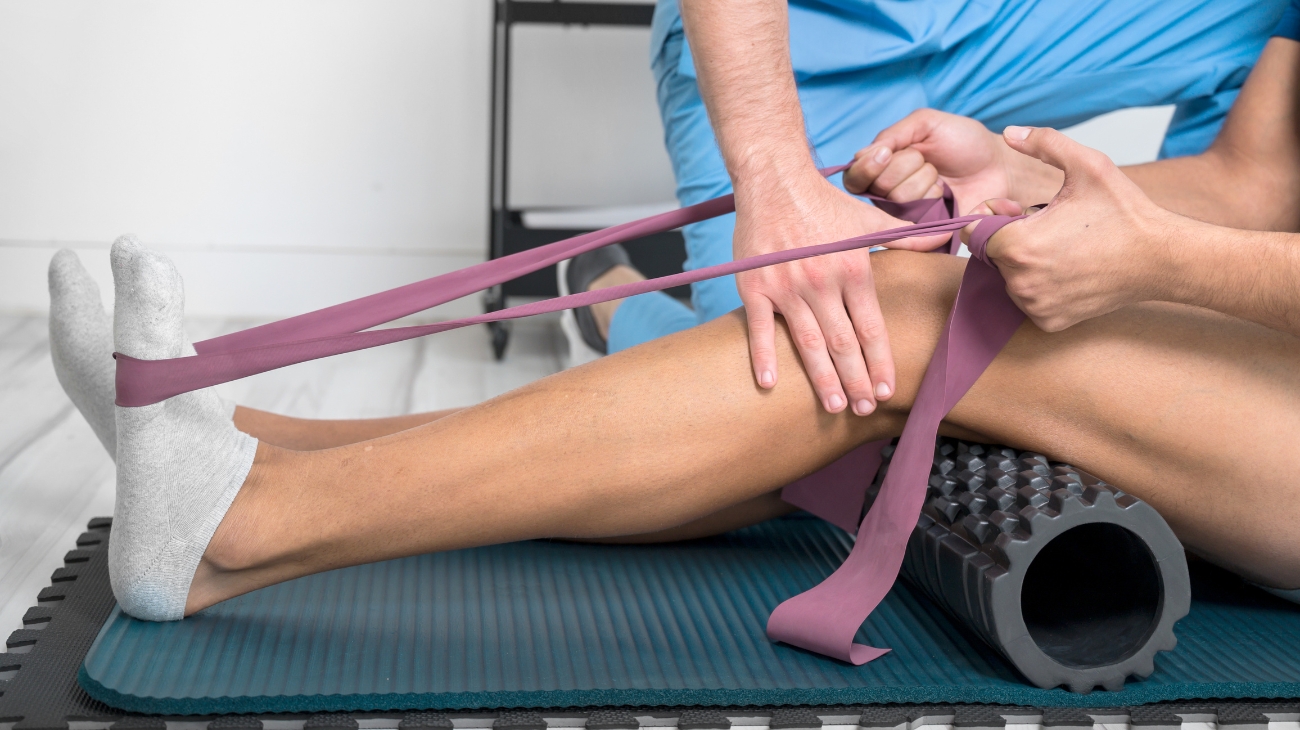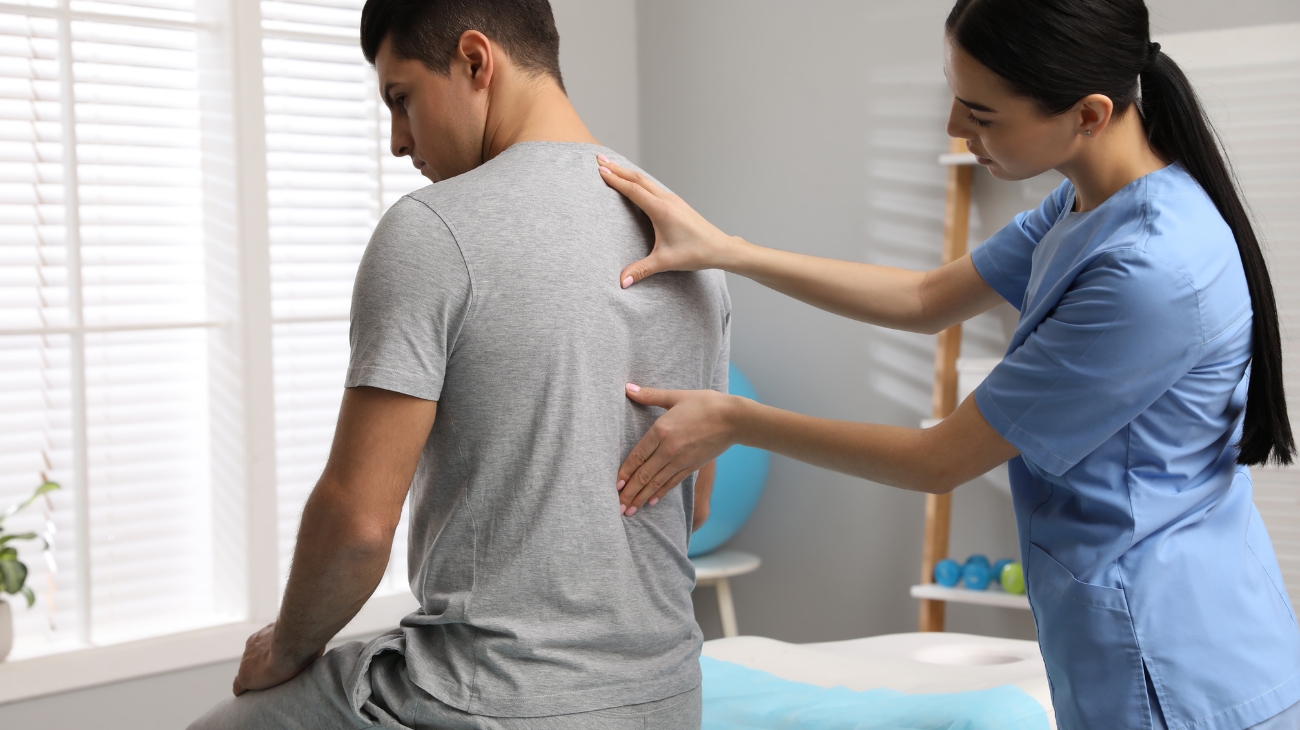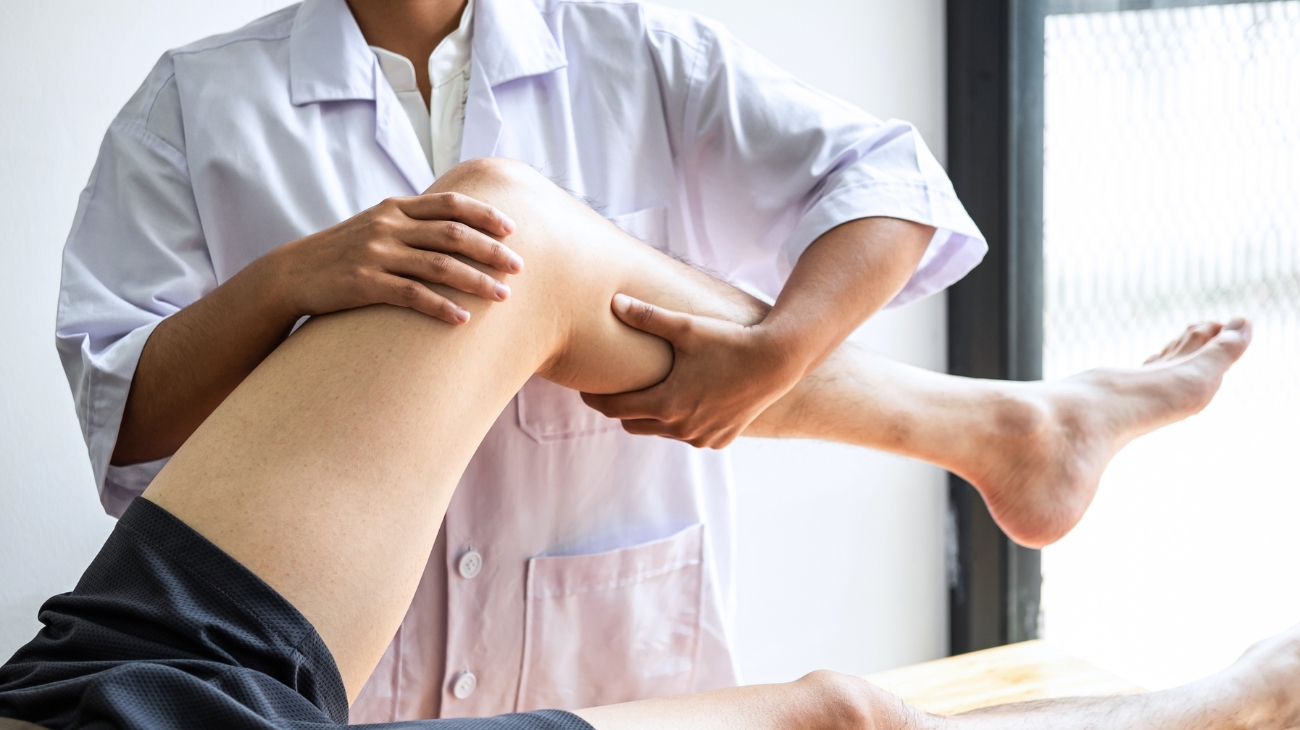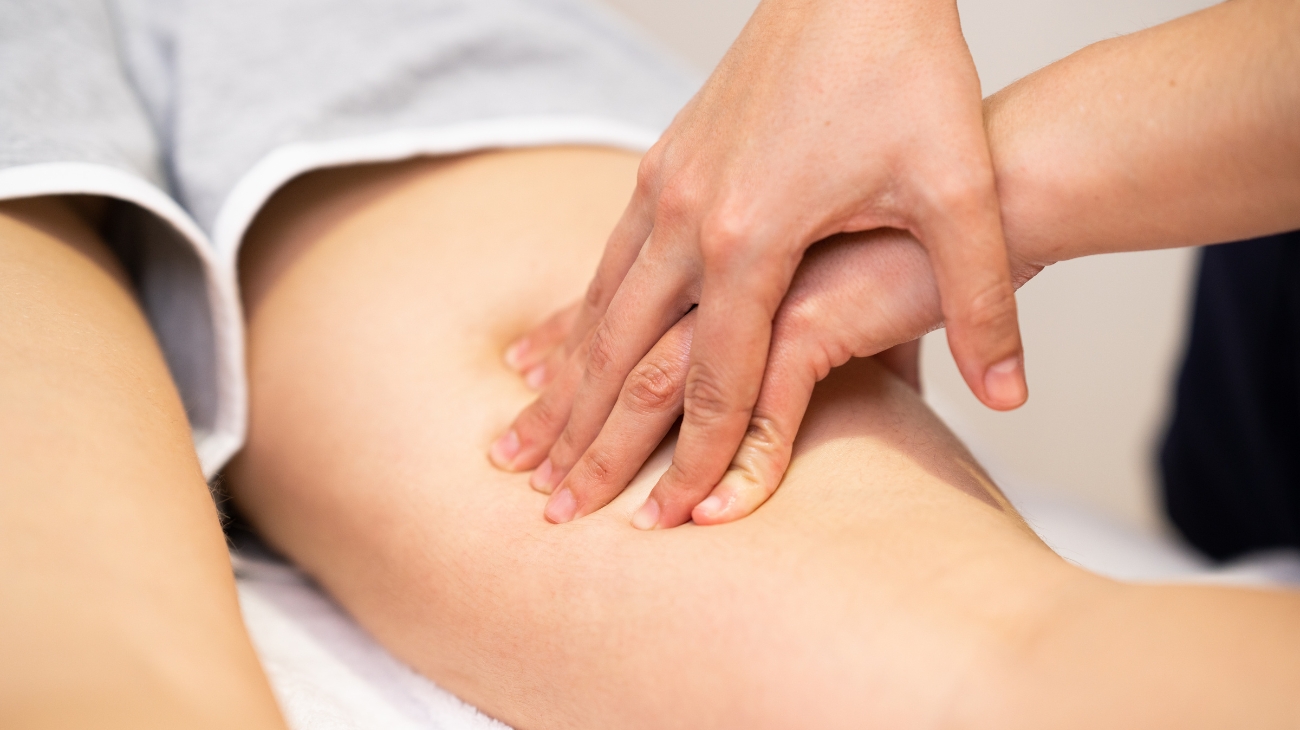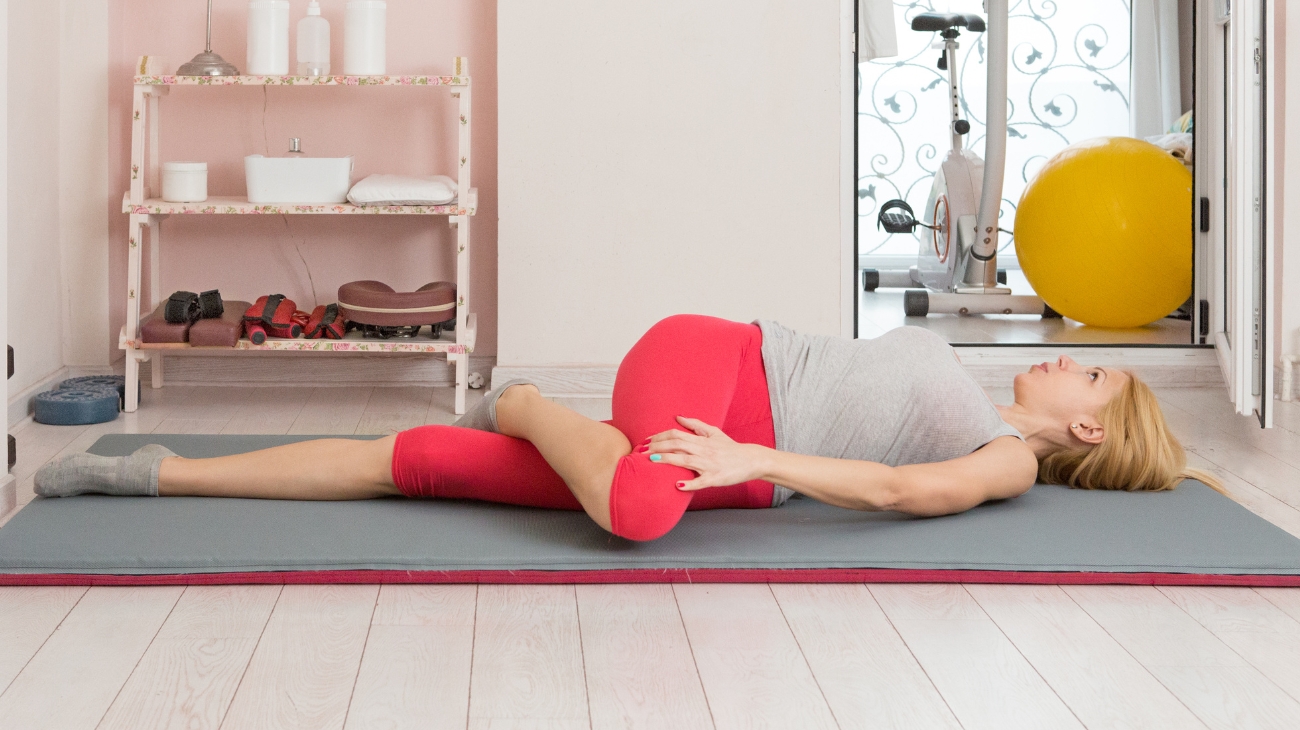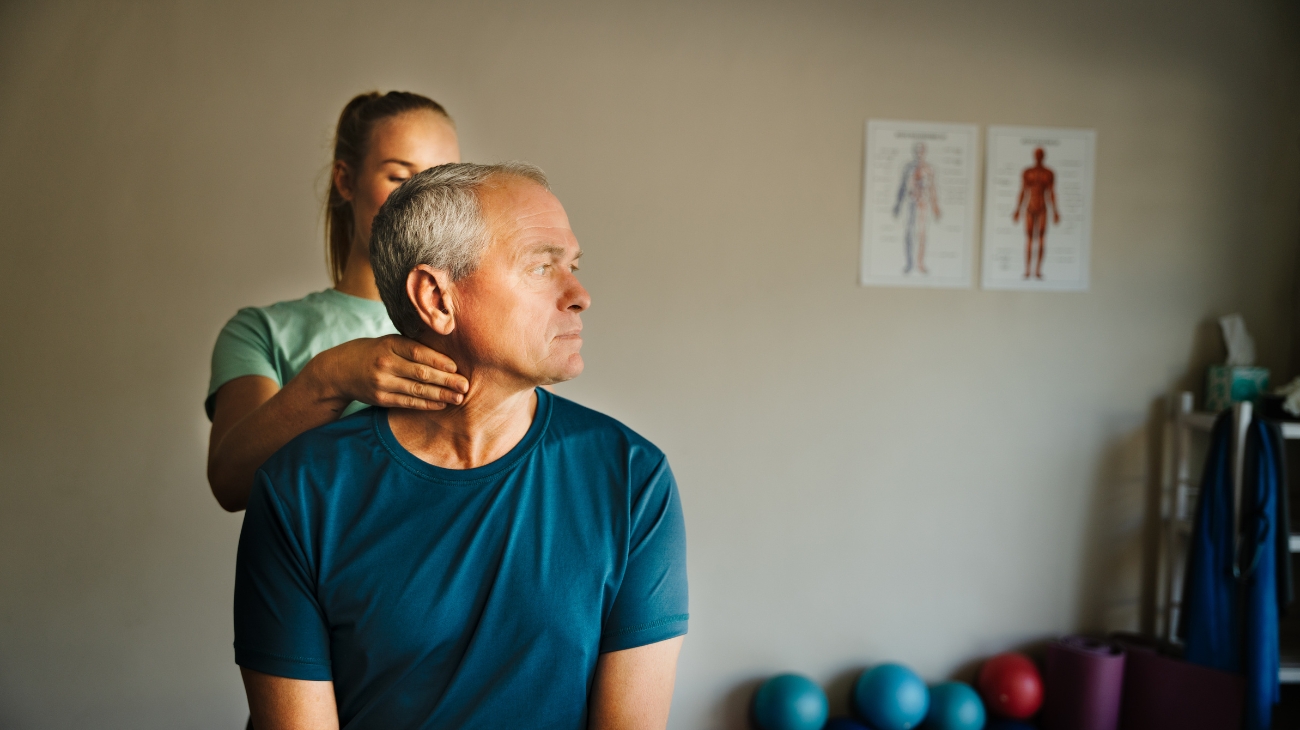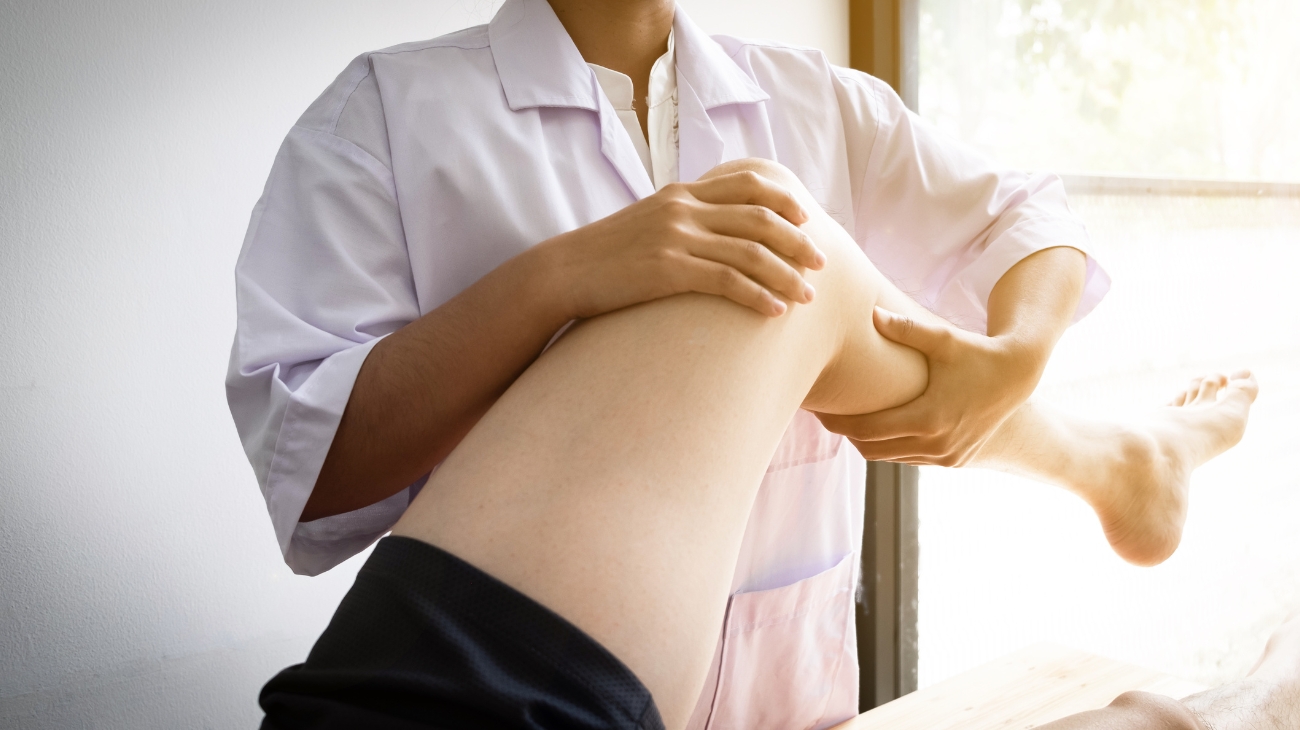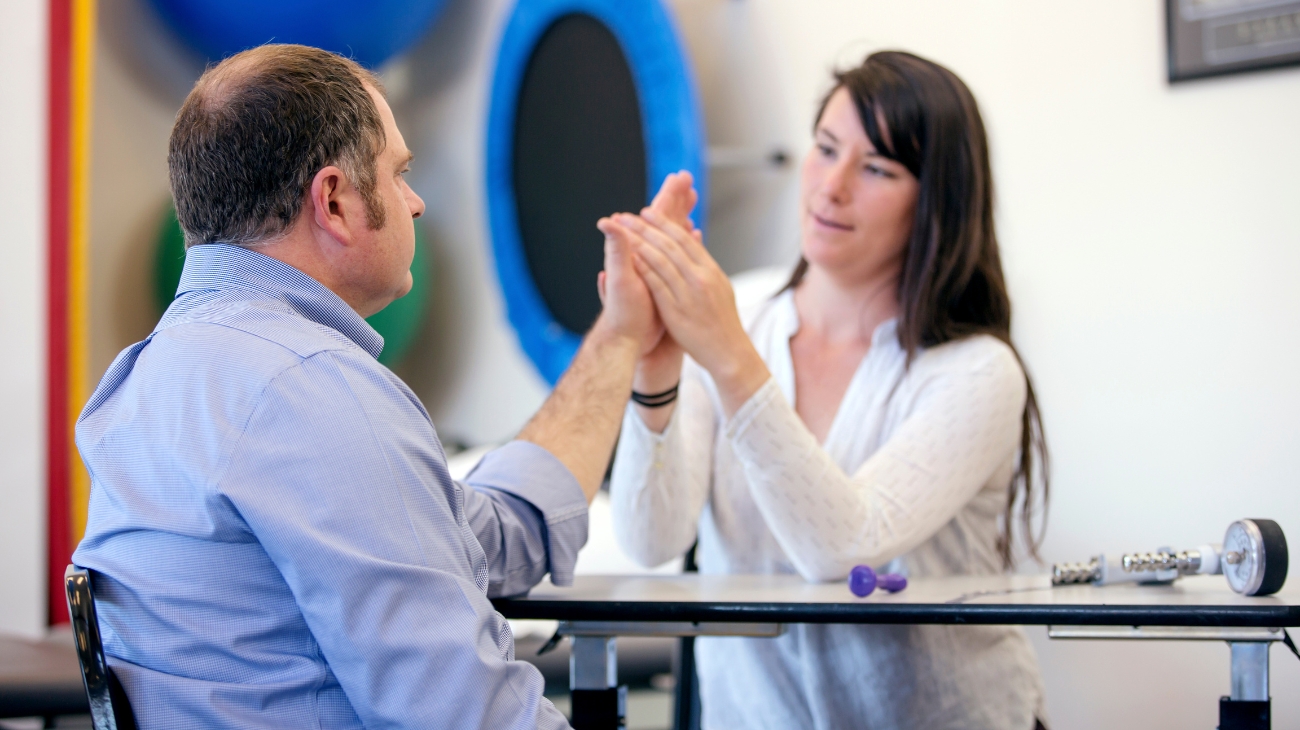Knowing the best exercises for knee rehabilitation and pain relief is crucial for individuals who have suffered from knee injuries or have chronic knee pain. Knee pain can limit an individual's mobility, negatively affect their quality of life, and even lead to depression. Therefore, incorporating proper exercises into a rehabilitation plan can help reduce pain, improve knee function, and prevent further injuries.
Proper exercise helps to increase the strength of the muscles surrounding the knee, such as the quadriceps and hamstrings. Strengthening these muscles can help alleviate pressure on the knee joint and provide better support, which can prevent further damage to the joint. Additionally, rehabilitation exercises can also help increase flexibility and range of motion, which can reduce stiffness and make movement easier.
Best knee rehab and mobility exercises
Overall, incorporating the best exercises for knee rehabilitation and pain relief into a rehabilitation plan can help an individual recover from an injury or manage chronic pain. It can also improve their overall physical health and quality of life by allowing them to move with greater ease and comfort.
1 - Hamstring Curls (Dumbbell)
Hamstring Curls with a Dumbbell are an effective exercise for targeting the hamstring muscles:
- Begin by lying face down on a bench with your knees just off the edge and your legs fully extended.
- Hold a dumbbell securely between your feet, gripping it with your ankles.
- Engage your core for stability and support.
- Slowly bend your knees, bringing your heels towards your glutes, keeping your upper legs on the bench.
- Pause at the top of the movement, then lower the dumbbell back down with control.
Muscles involved:
- Hamstrings (Biceps Femoris, Semitendinosus, Semimembranosus): These muscles are responsible for flexing the knee and extending the hip.
2 - Lateral Band Walk
The Lateral Band Walk is a valuable exercise for strengthening the hip abductors and improving hip stability:
- Begin by placing a resistance band around your legs, just above the ankles, with your feet hip-width apart.
- Maintain a slight bend in your knees, engage your core, and keep your back straight.
- Take a step to the side, maintaining tension in the band.
- Follow with the opposite foot to return to the starting position.
- Continue the lateral steps in one direction, then reverse to work the other side.
Muscles involved:
- Gluteus Medius: The primary hip abductor responsible for moving the leg away from the body's midline.
- Gluteus Minimus: Assists in hip abduction.
- Tensor Fasciae Latae (TFL): A muscle of the hip and thigh that aids in hip abduction.
- Hip Adductors: These muscles stabilize the legs against the band's resistance.
- Core Muscles: They provide stability during the exercise.
3 - Lateral step-up eccentric step down
The Lateral Step-Up with Eccentric Step Down is a beneficial exercise for improving lower body strength and stability, particularly in the hip and thigh muscles:
- Stand beside a step or platform with a sturdy support, like a wall or railing.
- Place one foot on the step and keep the other foot hovering in the air.
- Step up onto the platform with your loaded leg while maintaining good posture.
- Lower the opposite leg down slowly in a controlled manner, focusing on the eccentric (lengthening) phase.
- Ensure that the loaded leg does the majority of the work.
Muscles involved:
- Quadriceps: These muscles extend the knee and help lift the body.
- Gluteus Maximus: The primary hip extensor.
- Gluteus Medius: Responsible for hip abduction and pelvic stability.
- Hamstrings: Aid in hip extension and knee flexion.
- Hip Adductors: Stabilize the leg on the step.
- Core Muscles: Provide stability during the exercise.
4 - Mini Squats (Bands)
Mini Squats with elastic bands are a valuable exercise for targeting the quadriceps, glutes, and improving knee stability:
- Stand with your feet shoulder-width apart, with an elastic band looped just above your knees.
- Keep your chest up, shoulders back, and engage your core for stability.
- Slowly bend your knees and hips, as if sitting back into a chair.
- Maintain a neutral spine, ensuring your knees don't go past your toes.
- Push through your heels to return to the standing position.
Muscles involved:
- Quadriceps: These muscles extend the knee.
- Gluteus Maximus: The primary hip extensor provides power for the ascent.
- Hamstrings: They assist in knee flexion and hip extension.
- Calves: Calf muscles offer ankle stability.
- Hip Abductors: They resist the band's tension, strengthening lateral hip stability.
5 - Seated Knee Props (Weight)
Seated Knee Props is a beneficial exercise for improving knee stability and strengthening the quadriceps muscles:
- Begin by sitting on a chair with your back straight and feet flat on the floor.
- Place a small foam roller or cushion under one knee, positioning it just above your ankle.
- Maintain an upright posture and engage your core.
- Lift your foot with the cushion off the floor, extending your knee fully.
- Hold the extended position briefly, then lower your foot back to the floor.
Muscles involved:
- Quadriceps (Rectus Femoris, Vastus Lateralis, Vastus Medialis, Vastus Intermedius): These muscles extend the knee.
- Hip Flexors: They assist in lifting the leg and controlling the movement.
- Core Muscles: They provide stability during the exercise.
6 - Side Step Ups (Bands)
Side Step Ups with elastic bands is an effective exercise for targeting the hip and thigh muscles while enhancing stability and balance:
- Attach an elastic band to a sturdy anchor at hip height.
- Place the band around your ankles and stand beside the anchor point.
- Keep your feet hip-width apart, engage your core, and maintain an upright posture.
- Step sideways away from the anchor, maintaining tension on the band.
- Lift the stepping leg laterally onto a step or platform while balancing on that leg.
- Lower the non-stepping leg to the starting position.
- Repeat for the desired repetitions on one side before switching to the other.
Muscles involved:
- Gluteus Medius: This muscle is primarily responsible for hip abduction and stabilizing the pelvis.
- Gluteus Minimus: Assists in hip abduction.
- Quadriceps: These muscles extend the knee and help lift the body.
- Hamstrings: They support knee flexion and hip extension.
- Hip Adductors: These muscles provide stability during the exercise.
- Core Muscles: They play a role in maintaining balance and stability.
7 - Squats with a Chair (Bands)
Performing Squats with a Chair and Elastic Bands is a fantastic exercise to strengthen the lower body while providing stability and support:
- Secure a resistance band around the chair, placing it just above knee height. Stand on the center of the band, ensuring it won't slip off.
- Position the chair behind you, and stand with your feet shoulder-width apart. Your toes can be slightly turned outward.
- With your hands on your hips or extended forward for balance, engage your core, keep your back straight, and chest up.
- Begin the squat by pushing your hips back and bending your knees. Lower yourself down until your glutes gently touch the chair, maintaining proper form.
- Push through your heels and return to a standing position, fully extending your hips and knees.
Muscles involved:
- Quadriceps: These muscles extend the knee during the upward phase of the squat.
- Gluteus Maximus: The primary hip extensor.
- Hamstrings: Assist in hip extension and knee flexion.
- Adductors: Stabilize the legs.
- Gastrocnemius and Soleus: Muscles of the calf help with ankle mobility and stability.
- Erector Spinae: Help maintain an upright posture.
- Core Muscles: Provide stability and balance throughout the movement.
8 - Straight Leg Raises (Bands)
Straight Leg Raises with elastic bands is an excellent exercise for targeting the hip flexor muscles and building lower abdominal strength:
- Attach an elastic band to a fixed object and secure it around your ankles.
- Lie on your back with your legs straight and arms at your sides.
- Engage your core muscles to stabilize your lower back against the floor.
- Slowly lift one leg upward while keeping it straight.
- Raise your leg to a height that challenges your hip flexors without arching your lower back.
- Lower your leg back down with control.
Muscles involved:
- Hip Flexors (Iliopsoas): These muscles raise the leg at the hip.
- Lower Abdominals (Rectus Abdominis): Engaged to stabilize the pelvis and lower back.
9 - Terminal Knee Extension (Bands)
Terminal Knee Extension with elastic bands is a valuable exercise for targeting the quadriceps muscles, particularly the VMO (Vastus Medialis Obliquus):
- Attach an elastic band to a fixed object, positioning it just above or below knee height.
- Secure the other end around your lower leg, just above the ankle.
- Stand facing the band's attachment point with your feet hip-width apart.
- Extend your knee while pushing against the resistance of the band.
- Maintain control as you return to the starting position.
Muscles involved:
- Quadriceps (Vastus Medialis Obliquus, Vastus Lateralis, Vastus Intermedius, Rectus Femoris): These muscles extend the knee.
- Hip Abductors: They help stabilize the leg laterally.
- Hamstrings: These muscles assist in knee flexion and hip extension.
10 - Wall Squats (Bands)
Wall Squats with elastic bands are an effective exercise to strengthen the lower body, particularly the quadriceps, glutes, and enhance overall lower body stability:
- Secure an elastic band around your legs, just above the knees.
- Stand with your back against a wall and your feet shoulder-width apart.
- Engage your core and maintain a neutral spine.
- Slowly lower your body by bending your knees while keeping your back against the wall.
- Push through your heels to return to the starting position.
Muscles involved:
- Quadriceps: These muscles extend the knee.
- Gluteus Maximus: The primary hip extensor provides power for the ascent.
- Hamstrings: They assist in knee flexion and hip extension.
- Calves: Calf muscles offer ankle stability.
- Hip Abductors: They help stabilize the knees and resist the band's tension, improving lateral hip stability.
Best products for knee pain relief
Bestseller
-
2 Knee Compression Sleeve (Black/Gray)
$19.95 -
2 Knee Compression Sleeve (Green/Navy)
$19.95 -
2 Knee Compression Sleeve (Pink/Bordeaux)
$19.95 -
2 Patella Knee Strap (Black/Gray)
$14.95 -
2 Patella Knee Strap (Green/Navy)
$14.95 -
2 Patella Knee Strap (Pink/Bordeaux)
$14.95 -
Heating Pad for Microwave Classic Bottle Shaped (Hearts)
$19.95 -
Heating Pad for Microwave Classic Bottle Shaped (Oxford)
$19.95 -
Heating Pad for Microwave Classic Bottle Shaped (Sport)
$19.95 -
Microwave Heating Pad for Back Pain Relief (Extra Large) (Hearts)
$29.95 -
Microwave Heating Pad for Back Pain Relief (Extra Large) (Oxford)
$29.95 -
Microwave Heating Pad for Back Pain Relief (Extra Large) (Sport)
$29.95 -
Microwaveable Heating Pad for Pain Relief (Hearts)
$19.95 -
Microwaveable Heating Pad for Pain Relief (Oxford)
$19.95 -
Microwaveable Heating Pad for Pain Relief (Sport)
$19.95
Most common knee injuries
The most common knee injuries:
- ACL (anterior cruciate ligament) tear: This is a common injury among athletes that involves a tear in the ligament that connects the thigh bone to the shin bone.
- Meniscus tear: The meniscus is a piece of cartilage that acts as a cushion between the thigh bone and shin bone. A tear in this cartilage can result from sudden twisting or rotating movements.
- Patellar tendinitis: This is an overuse injury that involves inflammation of the tendon that connects the kneecap to the shin bone.
- Patellofemoral syndrome: This condition involves pain around the kneecap that can result from overuse or misalignment of the knee joint.
- IT (iliotibial) band syndrome: This is a common overuse injury among runners that involves inflammation of the IT band, which runs from the hip to the knee.
- Knee bursitis: This condition involves inflammation of the bursae, which are fluid-filled sacs that cushion the knee joint.
Benefits of rehab exercises for knee injuries
Performing rehabilitation and mobility exercises for knee injuries can offer several benefits, such as:
- Reducing pain: Strengthening and stretching exercises can help reduce pain in the knee joint by relieving pressure and improving joint function.
- Improving range of motion: Mobility exercises can help increase the range of motion in the knee joint, which can improve flexibility and ease of movement.
- Restoring function: Rehabilitation exercises can help restore normal function to the knee joint and surrounding muscles, allowing individuals to return to their normal activities.
- Preventing further injury: Strengthening exercises can help improve the stability of the knee joint, which can reduce the risk of further injury.
- Speeding up recovery: Rehabilitation exercises can help speed up the recovery process by promoting healing, reducing inflammation, and improving blood flow to the injured area.
Overall, performing rehabilitation and mobility exercises for knee injuries can be an effective way to manage pain, restore function, and prevent further injury. It is important to work with a qualified healthcare professional, such as a physical therapist, to develop a personalized exercise program that is tailored to your specific needs and goals.
F.A.Q: Frequently asked questions
References
- Baker, K., & McAlindon, T. (2000). Exercise for knee osteoarthritis. Current Opinion in Rheumatology, 12(5), 456-463. https://journals.lww.com/co-rheumatology/abstract/2000/09000/exercise_for_knee_osteoarthritis.20.aspx
- Vincent, K. R., & Vincent, H. K. (2012). Resistance exercise for knee osteoarthritis. Pm&r, 4(5), S45-S52. https://www.sciencedirect.com/science/article/abs/pii/S1934148212000676
- Anwer, S., Alghadir, A., & Brismée, J. M. (2016). Effect of home exercise program in patients with knee osteoarthritis: a systematic review and meta-analysis. Journal of geriatric physical therapy, 39(1), 38-48. https://www.ingentaconnect.com/content/wk/jpt/2016/00000039/00000001/art00006
- Ng, J. W. G., Myint, Y., & Ali, F. M. (2020). Management of multiligament knee injuries. EFORT open reviews, 5(3), 145. https://www.ncbi.nlm.nih.gov/pmc/articles/PMC7144894/
- Evcik, D., & Sonel, B. (2002). Effectiveness of a home-based exercise therapy and walking program on osteoarthritis of the knee. Rheumatology international, 22, 103-106. https://link.springer.com/article/10.1007/s00296-002-0198-7
- Hopman-Rock, M. A. R. I. J. K. E., & Westhoff, M. H. (2000). The effects of a health educational and exercise program for older adults with osteoarthritis for the hip or knee. The Journal of rheumatology, 27(8), 1947-1954. https://europepmc.org/article/med/10955337
- Raposo, F., Ramos, M., & Lúcia Cruz, A. (2021). Effects of exercise on knee osteoarthritis: A systematic review. Musculoskeletal care, 19(4), 399-435. https://onlinelibrary.wiley.com/doi/abs/10.1002/msc.1538
- Dehaven, K. E. (1980). Diagnosis of acute knee injuries with hemarthrosis. The American journal of sports medicine, 8(1), 9-14. https://journals.sagepub.com/doi/abs/10.1177/036354658000800102
- van der Heijden, R. A., Lankhorst, N. E., van Linschoten, R., Bierma‐Zeinstra, S. M., & van Middelkoop, M. (2015). Exercise for treating patellofemoral pain syndrome. Cochrane Database of Systematic Reviews, (1). https://www.cochranelibrary.com/cdsr/doi/10.1002/14651858.CD010387.pub2/full
- Skak, S. V., Jensen, T. T., Poulsen, T. D., & Stürup, J. (1987). Epidemiology of knee injuries in children. Acta orthopaedica Scandinavica, 58(1), 78-81. https://www.tandfonline.com/doi/abs/10.3109/17453678709146348



































